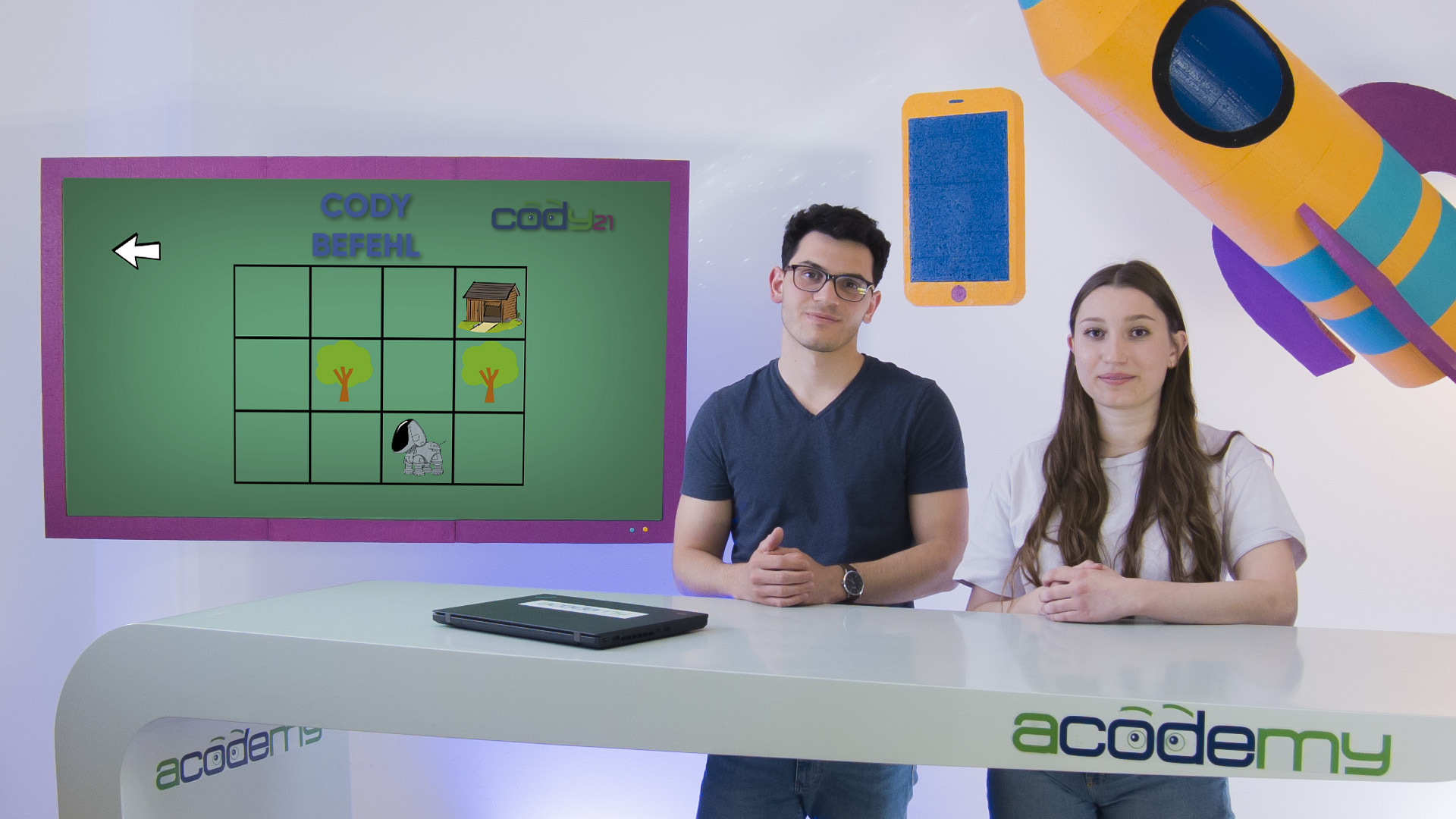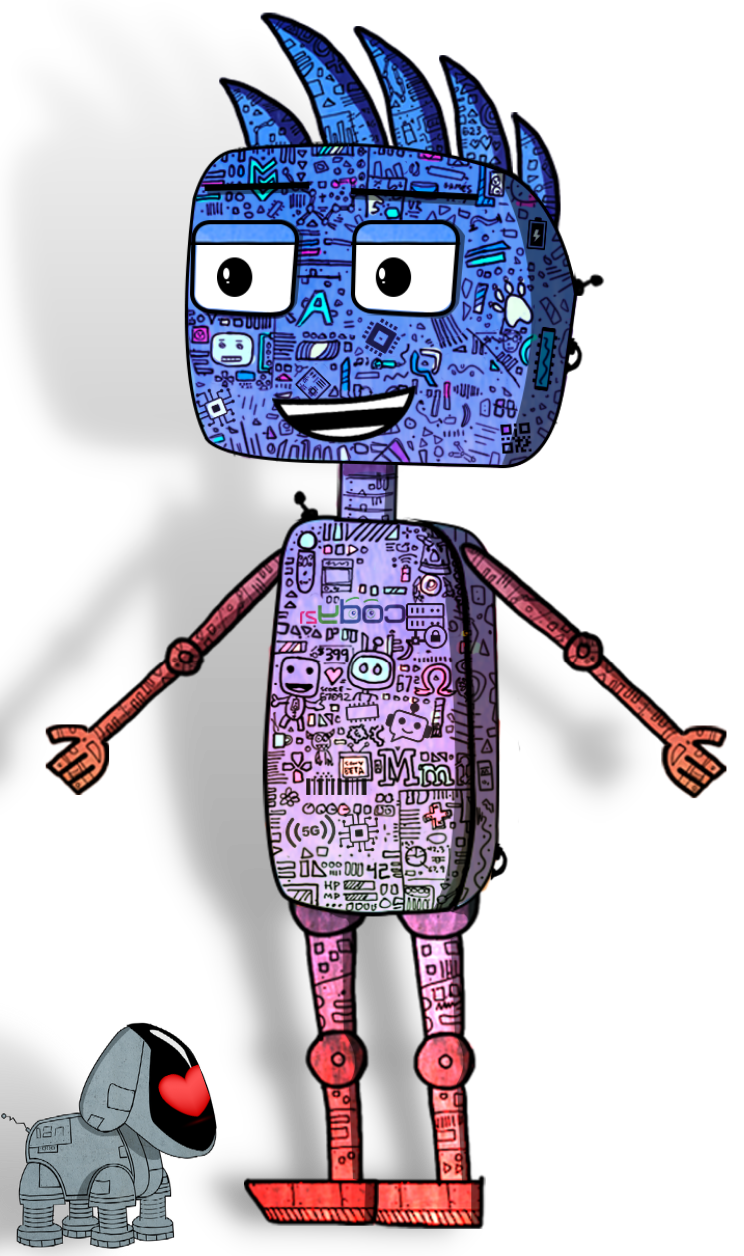Scientific Background and Content
We have developed the cody21 video lesson series to make life easier for primary schools in an increasingly digital world. Our aim is to deliver digital education, computer science education and media literacy to primary school classes in a simple, high-quality, age-appropriate way that fits seamlessly with the current curriculum.
BASED ON INTERNATIONAL STANDARDS AND COMPETENCY FRAMEWORKS
The cody21 educational video series for basic digital education in primary schools and other educational institutions is based on three international standards. It has been pedagogically and didactically tailored for children in grades 3 and 4.
• CSTA K-12 Computer Science Standards
• Digicomp 4
• DigComp 2.2 AT (2019)

The scientific background of the cody21 video series
CSTA - Computer Science Teachers Association is the US-based association for computer science teachers.
The CSTA K-12 Computer Science Standards, published in 2017, outline a core set of learning objectives that form the foundation for a complete computer science curriculum and its implementation. The goals of the CSTA K-12 Standards are:
- Introduce all pupils from primary school onwards to the fundamental concepts of computer science.
- Computer science education at the secondary level prepares students to obtain a qualification in computer science, mathematics, or natural sciences.
- To provide schools with additional computer science courses that allow interested students to deepen their knowledge and prepare for university or professional careers.
- To make computer science education available to all students, especially those from underrepresented groups.
The cody21 teaching concept is structured around the K-12 standards.
Source: https://www.csteachers.org/, 2021
Digikomp 4 - the Austrian Competency Model for digital competences in primary schools
IT and media skills are key pillars for learning and participation in society. Digital literacy is one of the eight key competencies defined by the European Union. The importance of IT and media skills for students of all ages is widely recognized and is explicitly emphasized by the European Commission in its Digital Agenda.
For this reason, the BMUKK established a working group with experts from the field to develop a reference framework for digital skills. This framework is intended to serve as a guide for schools, parents, teachers and pupils in Austria, ultimately ensuring that students in the 4th grade acquire these essential skills.
At the Austria-wide networking conference of primary school IT@VS held in Graz in October 2012, participants agreed to adapt the existing competency model for the 8th grade to primary schools and to develop age-appropriate examples for this younger age group.
Source: https://digikomp.at/index.php?id=555&L=0, 2021
DigComp 2.2 AT (2019)
The DigComp 2.2 AT competency model is the Austrain version of the European DigComp 2.1 reference framework and provides a comprehensive overview of digital competences for all citizens. Compared to the original European framework in English, the Austrian model has been translated into German and slightly expanded in relevant areas.
Source: www.bmdw.gv.at

Curriculum Overview of the cody21 Video Series
We have carefully developed the cody21 video series curriculum for basic digital education so that the most important topics from the standards and competency models described above are presented in an age-appropriate, colorful, and motivating way for children.
Below, you will find the contents of the 16 cody21 episodes, which correspond to the new curriculum for the 2023/24 school year.
DIGITAL LESSONS ARE SO EASY TO ACCESS:
1. Log in to the media center.
2. Select the video and print the worksheets.
3. Play the video in your class.
Our goal in developing cody21 was to make it very easy to use for primary schools. Teachers can simply play the video lesson and engage everyone in the classroom right away. The teaching materials are straightforward and intuitive for everyone to use.
